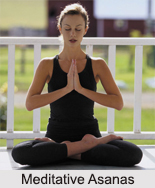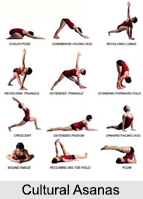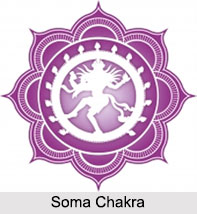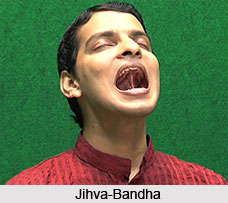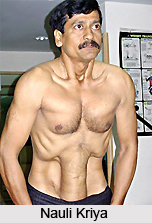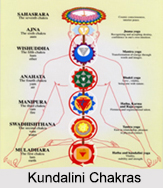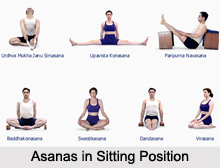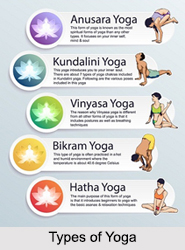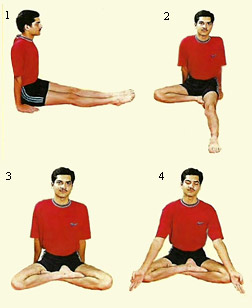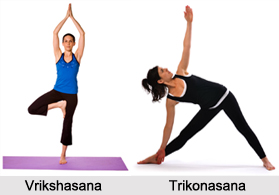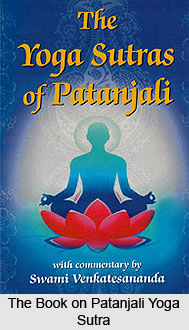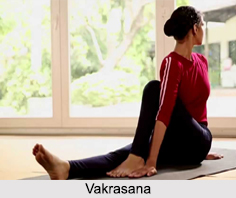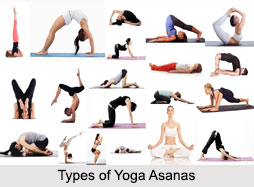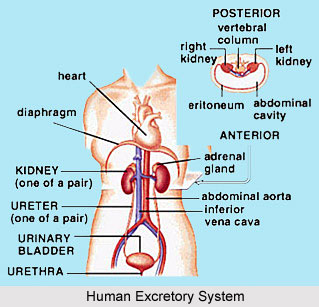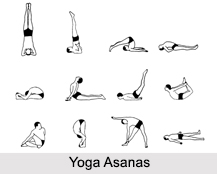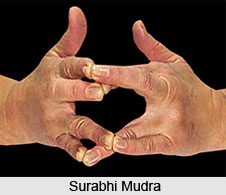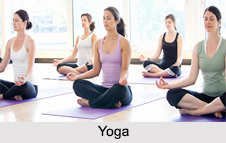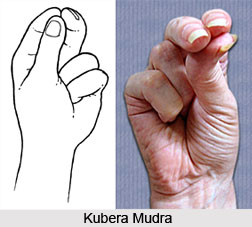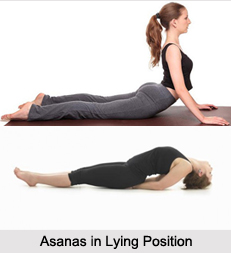Siddhasiddhasana is an advanced form of the Siddhasana, and is performed by Yogis who have mastered both the Siddhasana and the Hatha Siddhasana. Both the Hatha Siddhasana and the Siddhasiddhasana are advanced variants of the classic Siddhasana, one of the 84 Classic Yoga Asanas taught by Lord Shiva.
The Practice of Siddhasiddhasana
The posture is similar to Hathasiddhasana except that the use of alternate legs is permissible and further an ankle lock is formed to increase and adjust the desired pressure upon the root of the generative organs.
Thus, after performing the Hathasiddhasana the practitioner should thrust the toes of the upper heel downwards and the toes of the bottom heel pressing upwards in and through the respective slits formed by the joining of the thighs and calves. See that the toes of the heel below are visible on the upper surface. The purpose of this ankle-lock is to enhance the pressure recommended in the original Siddhasana. This pressure exerts a definite type of influence in the awakening of the Kundalini shakti. The beginner, however, should attempt the previous two poses, and only after mastering them should attempt the last variety.
Benefits of Siddhasiddhasana
•The specific advantages of this pose and its variations are that they help to establish harmony and rhythm most suited to concentration.
•The asana calms and refreshes the mind.
•It also improves memory.
This article is a stub. You can enrich by adding more information to it. Send your Write Up to content@indianetzone.com
